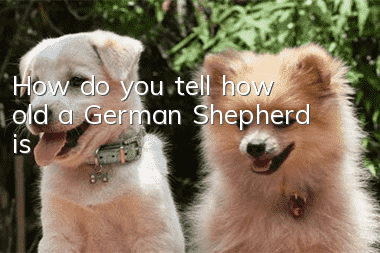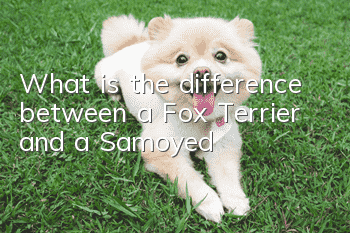How do you tell how old a German Shepherd is?

Wear and loss of teeth: Baby teeth are born within ten days of a dog’s birth. After two months, the incisors, canines, and molars are gradually replaced by permanent teeth. The permanent teeth are replaced in 8-10 months, but it takes 1 year. It takes half a year for the teeth to grow strong.
Under 2 months old, there are only deciduous teeth (white, thin, sharp), incisors are replaced at 2-4 months, canine teeth (white, rounded tips) are replaced at 4-6 months, molars 1 are replaced at 6-10 months Teeth at the age of 2 are straight, white and bright, and the incisors have no cusps. The cusps of the lower incisors at 2 years old are smoothed, and the cusps of the upper incisors at 3 years old are smoothed. At 4-5 years old, the upper and lower incisors begin to wear, become slightly beveled, and turn yellow. 6-8 years old, the incisors are worn and exposed, and the canine teeth are yellowed and worn on the lips. The tooth wear of dogs is related to their age. The older they are, the more serious the wear will be. But it should also be noted that this has a lot to do with the nature of the animal's food. For example, if the dog often eats soft food and often chews bones, the dog's tooth wear will be different, so it can only be used as a reference.
The age of a dog can also be roughly judged from its posture: young dogs are light and nimble when moving. When they are 2-5 years old, their movements are a little clumsy, but they are stable, safe and reliable. Elderly dogs over 10 years old have sluggish behavior, crooked or bent backs, and walk slowly.
- How to train a puppy to swim
- How to train a puppy to pick up things
- How does Bichon bear look at his age?
- What can golden retrievers eat to gain weight?
- How to feed German Shepherd dogs
- What’s wrong with golden retrievers eating grass?
- How to deworm a pregnant dog
- What should lactating dogs eat to produce milk?
- What to do if your puppy is anorexic
- How to train handshakes in Alaska



